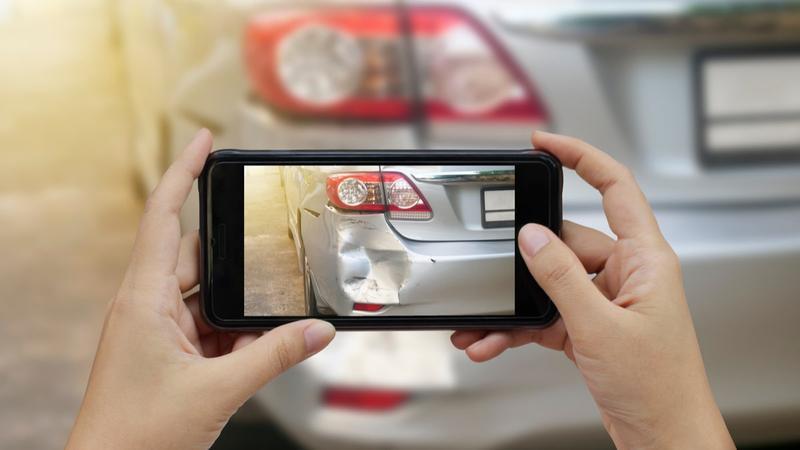Car collisions are traumatic no matter the circumstances. But a hit-and-run poses a particular challenge. In the aftermath of a collision, drivers are supposed to share information and provide assistance. Fortunately, you do have some options when you are involved in a hit-and-run. Your insurance coverage should be there if you have collision coverage on your policy.
Serious consequences of a hit-and-run
If you are injured in a hit-and-run, you may have to deal with personal injury and vehicle damage. That's in addition to the psychological trauma of the collision. The person who left the scene also faces hefty penalties if they can be found. Those include provincial fines and an increase in insurance rates. For those left behind, the impact can be a long road to recovery. Regardless of whether the other driver is still at the scene, those that remain must uphold their reporting and personal care responsibilities.
Dealing with the aftermath
As soon as the collision happens, it is important to take a breath — and then follow some important steps. These will make sure the next few days and weeks proceed as smoothly as possible.
- If someone is injured, call 911 to report the collision. Follow the attendant's instructions. They may ask you to wait to receive medical attention and not leave until police have come to the scene.
- Identify witnesses. This may not be immediately feasible, especially if you are in shock. But as soon as possible, gather the names and contact information of witnesses who can relay what happened. You can also post notices in the area in the days following the collision, asking for witnesses to come forward.
- Take photos. Use your phone to document as much of the scene as possible. Also, jot down what you can remember about the moments leading up to the collision. That can be everything from how and where the other car approached and the weather conditions on that day.
- File a police report. This may already be in the process following the 911 call, but make sure the collision is on record. This can help authorities take action against the absent driver, if appropriate.
- Call your insurance company. Even if you don't think you have the right coverage, you must report the collision to your insurer. Typically, if a collision is not your fault, your insurance premiums won't go up. Reporting the collision allows you to put in a claim and possibly recover some funds.
How your insurance can help
In the case of a hit-and-run, there are at least two coverages that may offer assistance. In Ontario, Uninsured Automobile Coverage is part of every standard auto insurance policy. This allows you to put in a claim in the event of injury or death caused by a hit-and-run driver. Also, collision coverage may pay for vehicle damage when the other driver cannot be identified. This coverage is optional.
Find the right insurance policy
A hit-and-run collision is one example of why it's a good idea to purchase full coverage auto insurance so that you can be protected at the most affordable cost. Compare the best car insurance rates at InsuranceHotline.com.
